Chandrayaan-3’s Historic Soft Landing on Moon: India’s Remarkable Achievement Unveiled
Chandrayaan-3 successfully landed on the surface of the moon, marking India's achievement as the fourth country in the world to achieve this feat.
The hard work of ISRO and the prayers of 1.4 billion people have come to fruition after four years of effort by over 16,000 scientists.
Now, not only the entire world but also the moon is within India's grasp.
Chandrayaan-3’s Historic Soft Landing on Moon: India’s Remarkable Achievement Unveiled:- ISRO has unfurled its flag on the moon. Children will now not just refer to the moon as “Chanda Mama” but will look towards it to fulfill their dreams. Just as the moonlight of Karva Chauth not only illuminates the moon but also symbolizes the greatness of the nation, Chandrayaan-3 has left its mark on the moon’s surface.
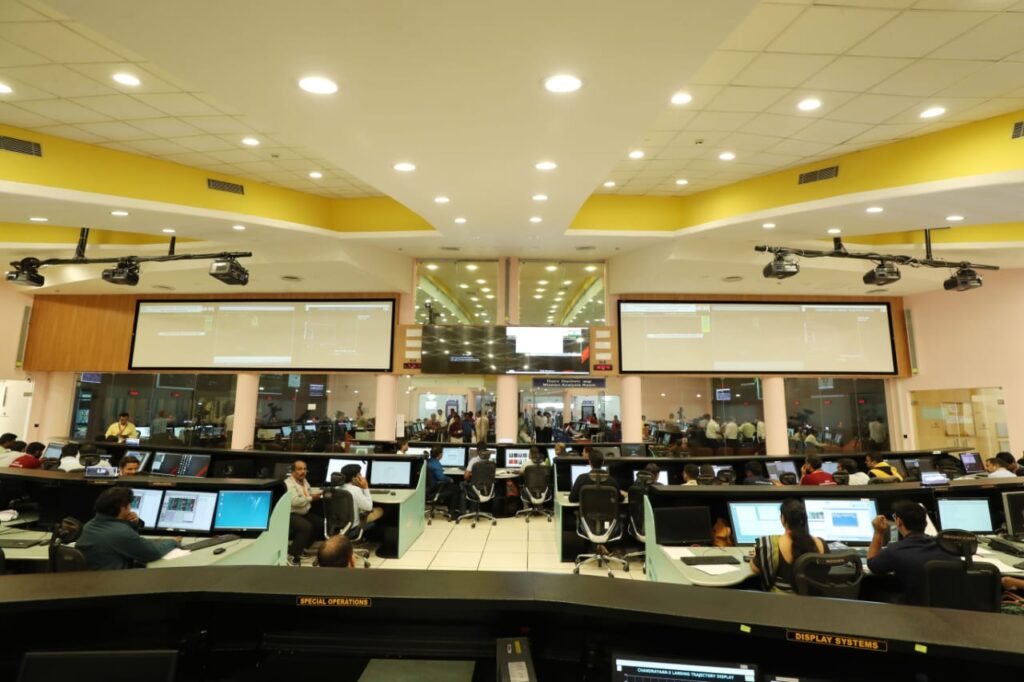
After four years of hard work by over 16,000 ISRO scientists, the mission has been accomplished. India’s name is now associated with the four countries that excel in soft landings. The success of Chandrayaan-3’s landing is the result of both the scientists’ efforts and the prayers of nearly 140 million people.
Updates:
The communication link is established between the Ch-3 Lander and MOX-ISTRAC, Bengaluru.
Here are the images from the Lander Horizontal Velocity Camera taken during the descent.
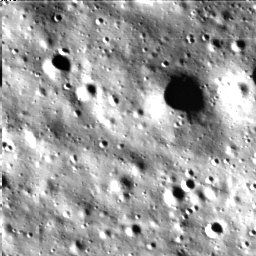
How did chandrayan–’s landing take place?
- The Vikram lander started its journey to the moon from an altitude of 25 kilometers. It took around 11.5 minutes to reach the next stage, which was at an altitude of 7.4 kilometers.
- At 7.4 kilometers altitude, the speed of the lander was 358 meters per second. The next stage was at 6.8 kilometers.
- At 6.8 kilometers altitude, the speed reduced to 336 meters per second. The next level was at 800 meters.
- At an altitude of 800 meters, the lander’s sensors began using laser beams to find the right landing spot on the moon’s surface.
- At 150 meters altitude, the lander’s speed was 60 meters per second, between altitudes of 800 and 150 meters.
- At 60 meters altitude, the lander’s speed was 40 meters per second, between altitudes of 150 and 60 meters.
- At 10 meters altitude, the lander’s speed reduced to 10 meters per second.
- During the descent to the moon’s surface, the lander’s speed for soft landing was 1.68 meters per second.
What will the payloads on Vikram lander do?
- Rambha: It will analyze the density, quantity, and variations of plasma particles coming from the sun on the moon’s surface.
- ChaSTE: It will analyze the temperature of the moon’s surface.
- Ilsa: It will study seismic activities around the landing site.
- Laser Retroreflector Area (LRA): It will attempt to understand the dynamics of the moon.
The Pragyan rover has two payloads:
- Laser-Induced Breakdown Spectroscope (LIBS): It will study the quantity and quality of chemicals, as well as search for minerals on the moon’s surface.
- Alpha Particle X-Ray Spectrometer (APXS): It will study element compositions like magnesium, aluminum, silicon, potassium, calcium, tin, and iron. The search will be conducted around the landing site.
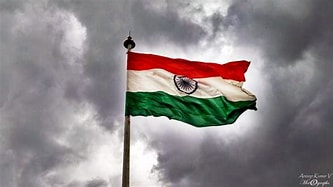
Benefits for Scientists:
Together, the Vikram lander and Pragyan rover will explore the moon’s atmosphere, surface, chemistry, quakes, minerals, etc. This will provide scientists, including ISRO, with valuable information for future studies and research.
Benefits for the Country:
If Chandrayaan-3’s soft landing is successful, India will become the fourth country to achieve this feat and the first to land in the southern polar region. This success will elevate ISRO’s reputation globally.
Benefits for the General Public:
The technology used in lunar and Mars missions eventually benefits the public through improved weather forecasting, communication satellites, defense-related satellites, mapping, and monitoring.
Exploration on the Moon:
Scientists are studying the moon’s environment to understand the effects of cosmic radiation and tiny particles on bodies without atmosphere, helping plan missions to other celestial bodies.
What can be explored on the Moon?
According to reports, the moon has abundant resources of solar energy, water, and metals. Known elements on the lunar surface also include hydrogen, oxygen, silicon, iron, magnesium, calcium, aluminum, manganese, and titanium.
When did the exploration of the Moon start?
The first lunar probe was launched by the Soviet Union, Luna 2, on September 14, 1959. India’s Chandrayaan-1 and NASA’s instruments confirmed the presence of water on the moon.
What is Chandrayaan-3?
According to ISRO, Chandrayaan-3 is a follow-up mission to Chandrayaan-2. It includes a propulsion module, a lander, and a rover. The goal of Chandrayaan-3 is to achieve a successful soft landing on the moon’s surface.
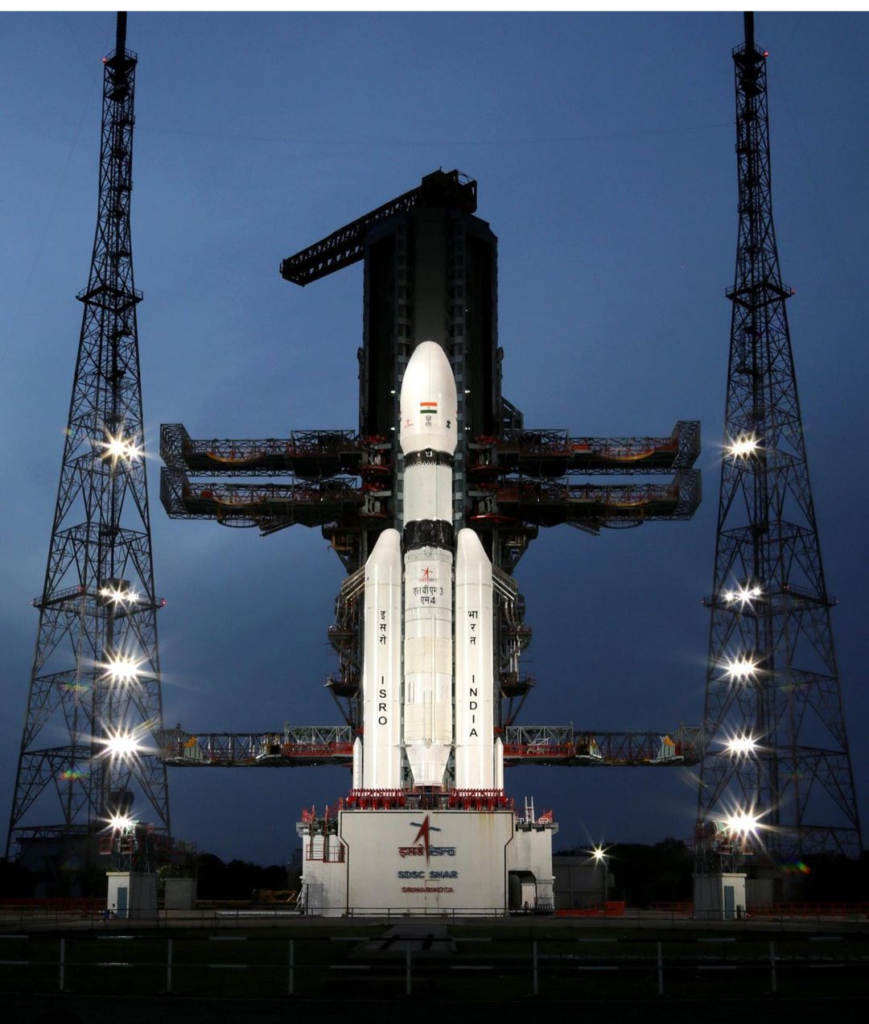
The mission was launched on July 14 at 2:35 PM from the Sriharikota Center. After 41 days, today’s landing has occurred successfully at 6:03 PM as planned. If successful, India will become the fourth country to achieve a soft landing on the moon’s surface, after the United States, Russia, and China.
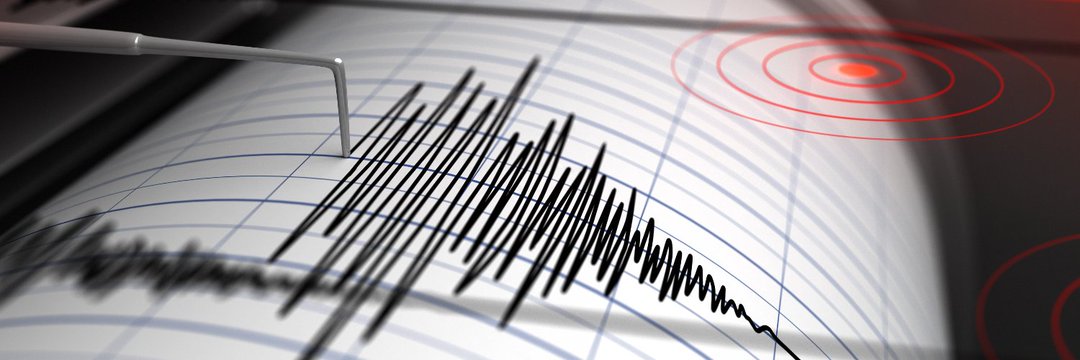

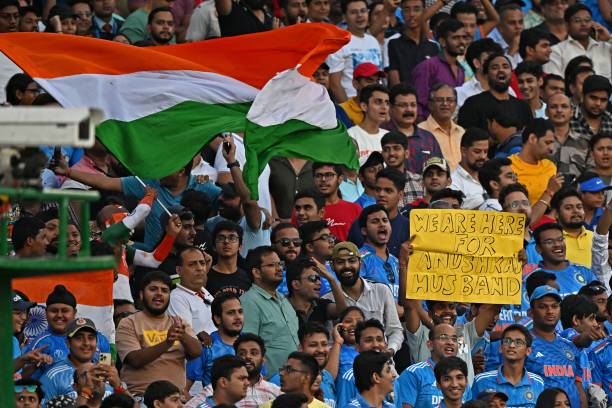


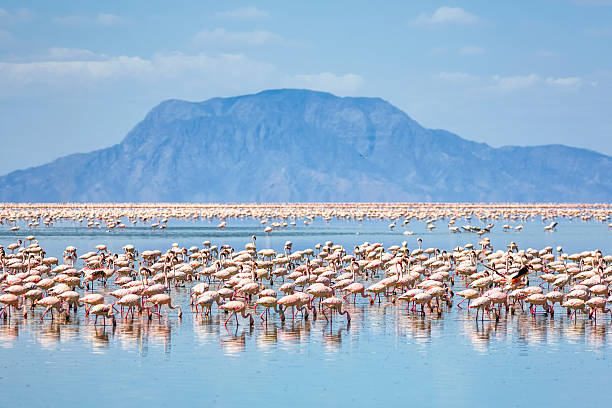
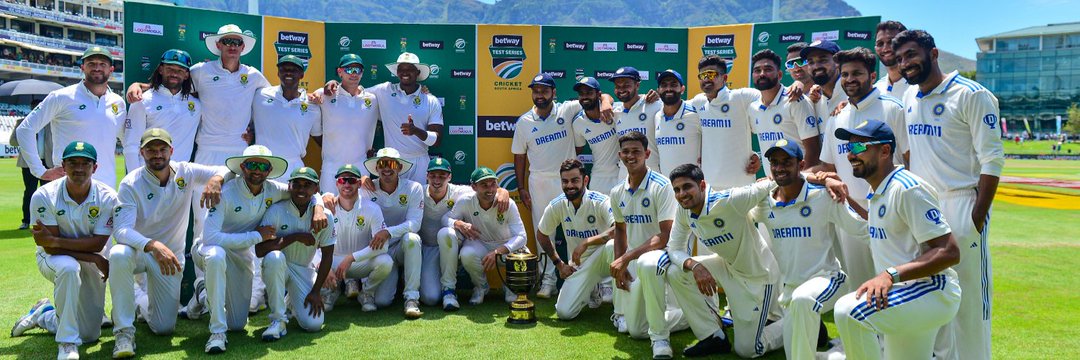
Badhiya bhaiya❤️🌻✨️
Thankyou